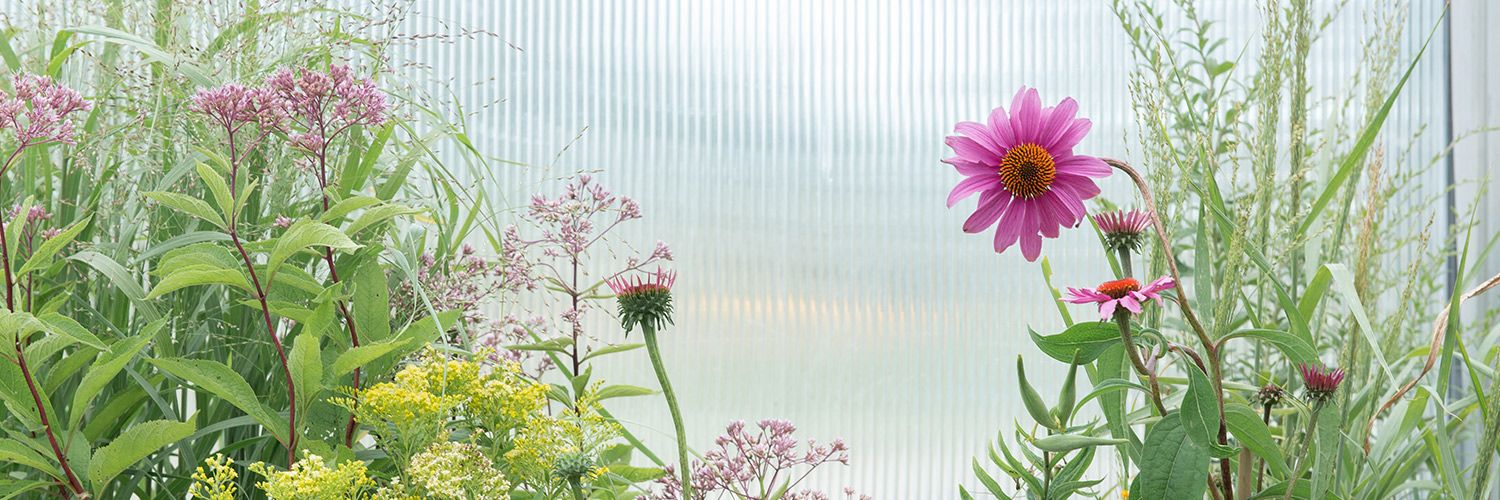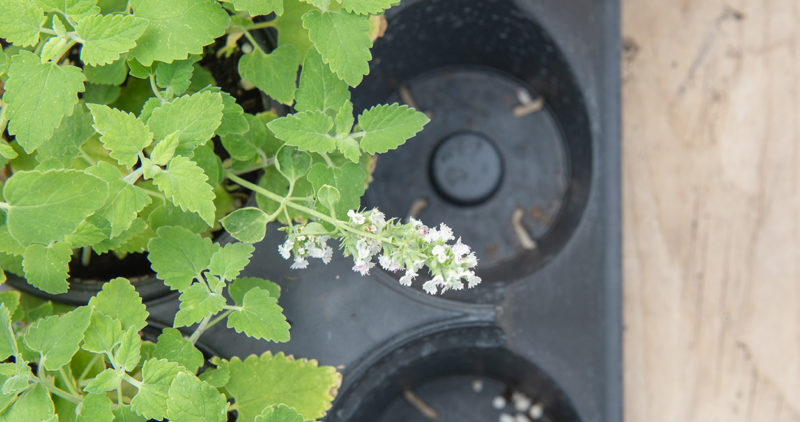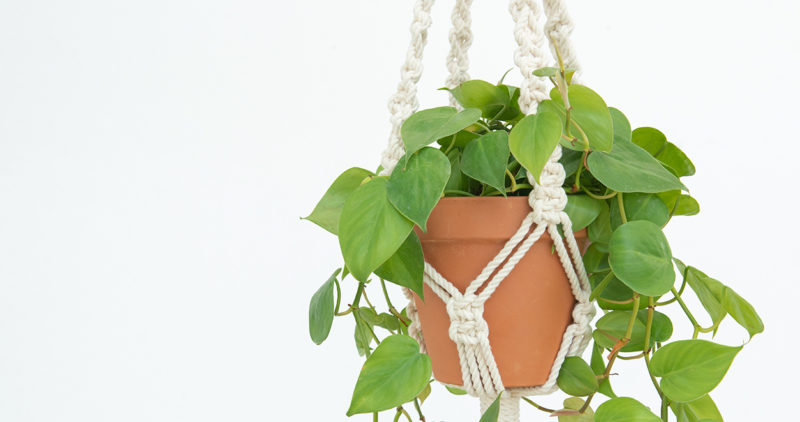
More and more, homeowners recognize that beyond the value of creating a beautiful outdoor space to enjoy, our landscape choices also have a big impact on the urban ecosystem around us. Maybe you’d like to see a wider variety of birds and other native creatures in your garden, or you’re interested in reducing the amount of fertilizers and chemicals you apply to your landscape. Or maybe you just love the natural beauty of a Midwest habitat. If any of these apply to you, we invite you to join us for Native Landscapes – the next seminar in our Backyard Naturalist series – on Saturday, August 18th, at 10am. Greenhouse assistant team leader Bob Ewing is both a backyard bird expert and a native plant enthusiast, and he’s excited to share how including native plants can bring beauty, vigor, and an astonishing increase in activity to our landscapes. Here, we share just a few examples of the benefits native plants can bring to our outdoor spaces.
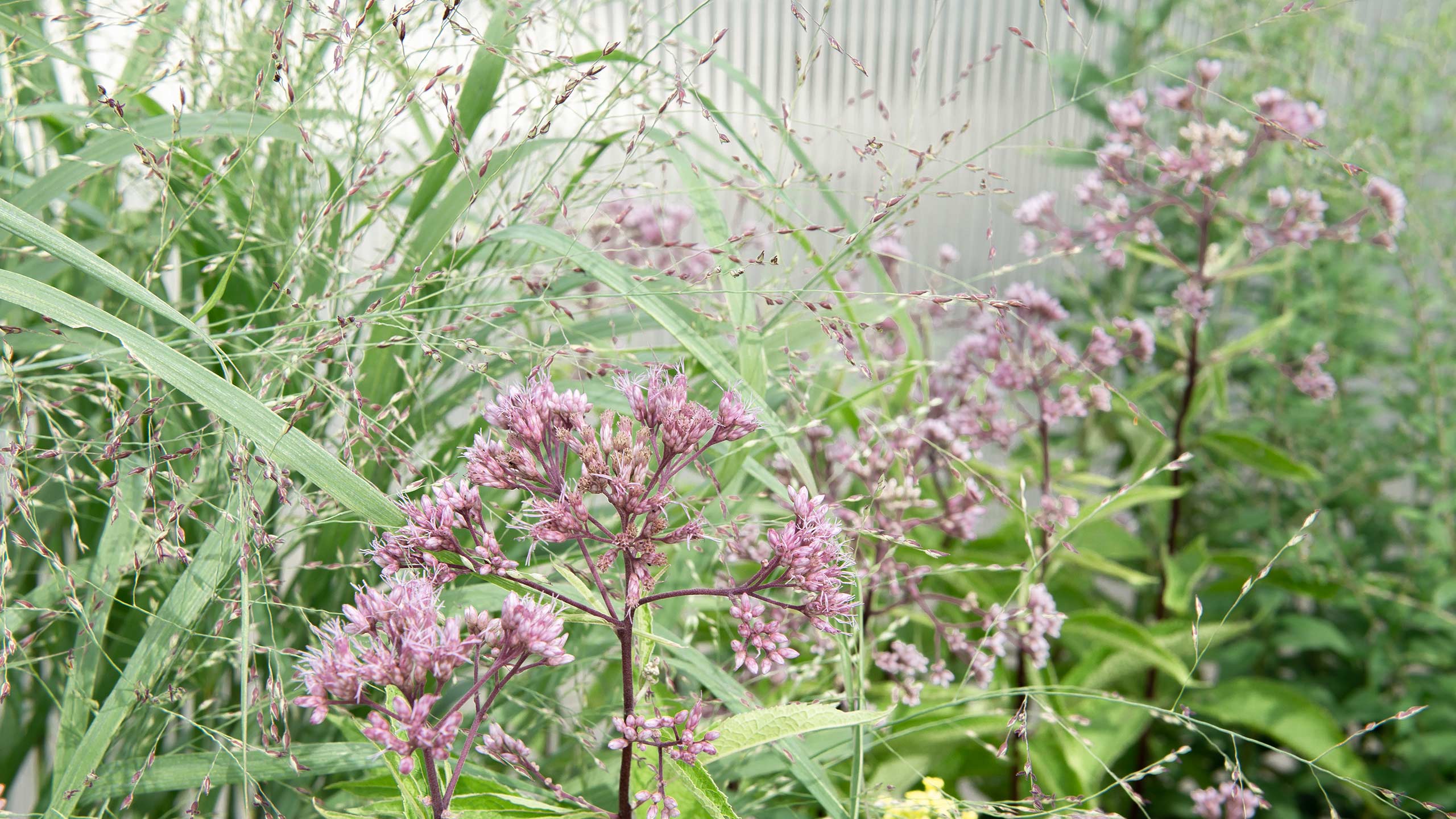
Native Plants are Never Lonely
Our lush grass lawns may look fantastic, but as natural resources go, they don’t provide much for the surrounding community of insects, birds, and other wildlife. By contrast, a diverse landscape containing a selection of native trees, shrubs, and wildflowers attracts and sustains an exciting variety of creatures – and creates a buzzing, fluttering, song-filled hive of activity to enjoy in your yard. Bob has devoted a portion of his yard to native plants, and he enjoys spotting all the native insects that now live there – including interesting moths, lady beetles, preying mantids, and several butterflies and their caterpillars. With such an abundant and nutritious selection of insects to feed on, all kinds of native birds have followed including goldfinches, purple finches, Baltimore orioles, chickadees, and white-throated sparrows. Even though his yard is in the middle of a suburban neighborhood, somehow all these native species found him, proving how important even small changes can be for the local wildlife community.

Native Plants Aren’t Too Needy
As you know, turf lawns demand a lot of our time and attention. Most turfgrasses require frequent watering to stay green and healthy over the summer. They make great habitat for destructive underground grubs which must be dealt with. And of course, there’s the weekly mowing, the bagging, and the disposing of lawn clippings. Native plants have evolved in our area, so they’re adapted to our dry summers, our cold winters, and the local soil composition – as well as the innumerable other climate idiosyncrasies associated with our mid-continental location. They’ve also developed defenses against native insects and diseases that might plague turfgrass and other ornamental plant varieties. As a result, they tend to live longer, power through periods of draught or flood, and pop back relatively unscathed. Once established, they tend to need a lot less water too.
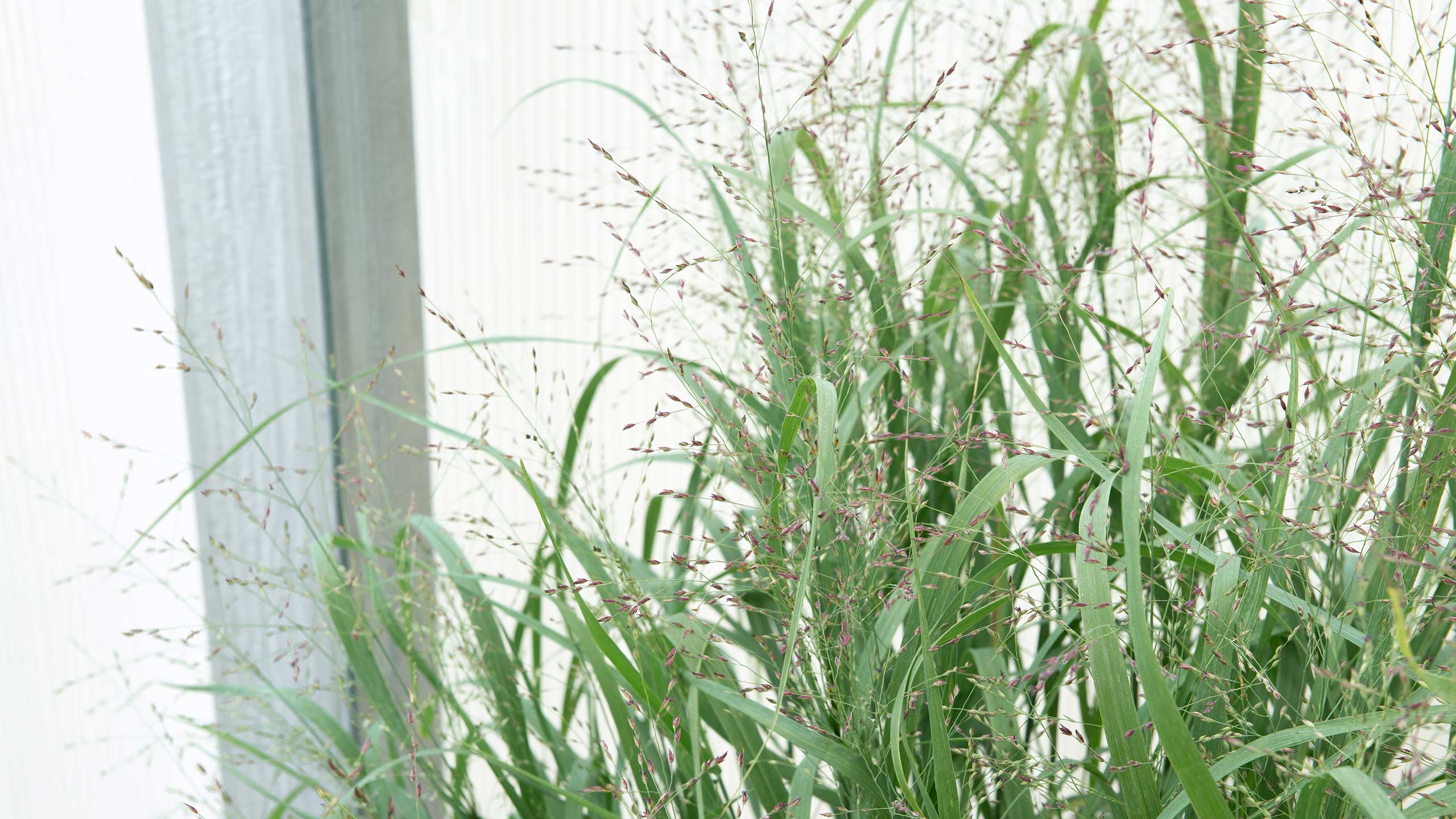
Native Plants Support a Healthier Environment
Turfgrass creates an attractive frame around our homes, but keeping it looking its best often requires a large input of fertilizer, pesticides, and weed killers to keep it looking good. If not properly applied, these chemicals can wash out of our lawns, into the storm drains, and into the surrounding streams and lakes – to the detriment of our local native plant and animal communities. Because native plants are so adapted to the local environment, soil, and insect populations, they require a lot less help from us – sometimes none at all. In fact, they’re more likely than turf and other ornamental plants to attract their own army of beneficial insects – like hover flies, green lacewings, and lady beetles – who take care of destructive pests all on their own.
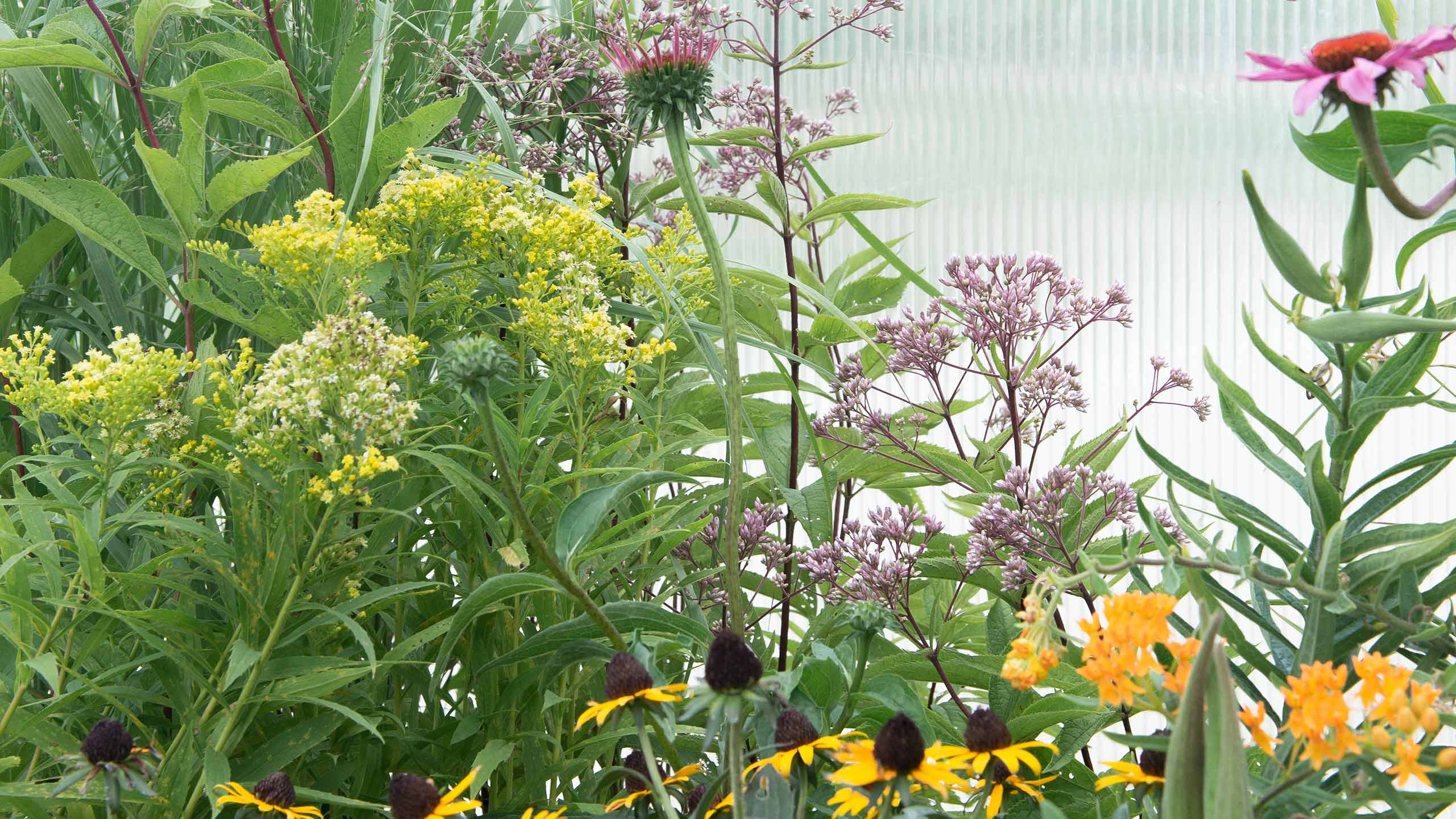
Let’s Diversify our Landscapes
In addition to these benefits, native plants are also beautiful, full of variety, and remind us of the unique great plains ecosystem we call home. In the seminar, Bob will show you some of the amazing native plants that make up our beautiful Midwest landscape and what makes each of them special. He’ll share stories of the wonderful changes he’s seen in his own yard, and he’ll talk about ways to incorporate native plants into a landscape that includes your favorite non-native ornamental plants too. (And if you’re concerned that native plants might look “messy,” he’ll offer solutions to ease your mind there as well.) So, if you’re looking for a way to add the vigor and vitality of native plants to your landscape, we hope you’ll join us in the greenhouse for this inspiring seminar.

